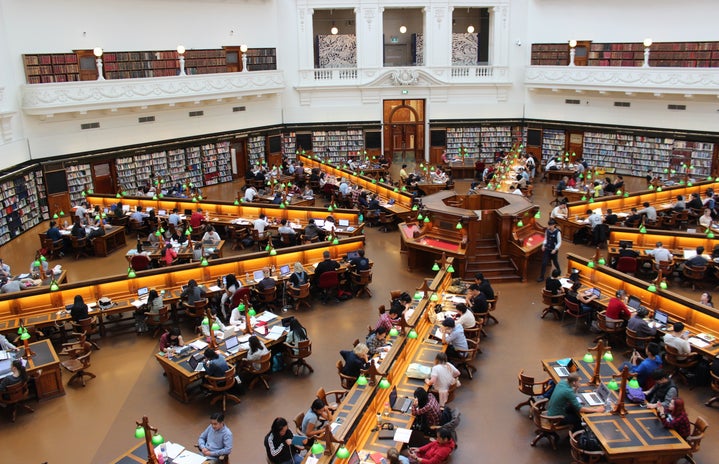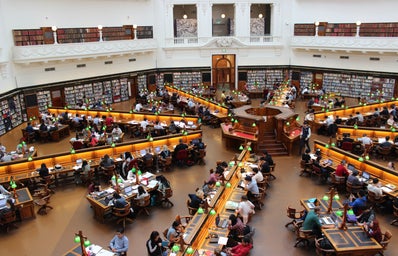Given the thriving student life in Durham’s city center, it’s easy to get lost in its bubble. Many students rarely venture outside of Durham city and into the wider County Durham, where, in some towns, living conditions vary drastically. The history and culture that contribute to making Durham are easily forgotten by those who aren’t directly implicated: mining communities have made the county what it is today, and constitute a vast majority of Durham’s heritage. It is our responsibility as residents to educate ourselves on what it means to be a Durham local in a wider sense than our own, and recognize the often unfavorable conditions that many locals still face as a consequence of the miners’ strike and closure of the coalfields.
Incidents such as the ‘pickets versus police’ ‘Battle of Orgreave’ themed social event planned by Trevelyan College Rugby Club in November are therefore deeply troubling. In the description of the club’s Facebook event, students were told to come dressed as miners (“we want flat caps, filth and a general disregard for personal safety. (…) Think 12% unemployment”) and Thatcherites. The ‘Battle of Orgreave’ was one of the most violent events of the miners’ strike, during which 95 miners were arrested and faced long prison sentences. While apologies have been made and constructive conversations have been had between the University and the Durham Miners’Association (DMA), the social sadly cannot be isolated as a singular occurrence of malice out of ignorance. In response to this incident, DMA secretary Alan Cummings said: “It has raised a critical question about how university students relate to working class people, not just in Durham, but elsewhere.”
What is the Durham Miners’ Association?
The Durham Miners’ Association (DMA) is a collective of unions which, to this day, represents miners and their families who have been affected by the sudden closures of North-Eastern collieries or are still dealing with the consequences of industrial work. It supports the mining communities of Durham through legal representation and advice, in particular representing members at tribunals and fighting cases where state benefit has been refused to disabled and unemployed members. Some of the biggest successes of the DMA are its long-term compensation plans for former miners suffering from chronic bronchitis and emphysema (CB&E) and Vibration White Finger (VWF). The association also advises and represents widows and dependents of former miners.
Despite the closure of all pits in Durham, the DMA remains strong and its community prevails through the Affiliated Membership Scheme. The largest and arguably most important community event is the Durham Miners’ Gala.
What is the Durham Miners’ Gala?
The Durham Miners’ Gala, also known as the ‘Big Meeting’, is one of the biggest celebrations of the working class in the world; every year, for over 100 years, more than 150,000 people visit from near and far to join its celebration of trade union and community values. It is usually held on the second Saturday of July and sees trade unionists from across the country descend on Durham city.
While this may appear as a simple trade union meeting, the Gala is an important community day, where workers’ heritage is remembered and celebrated. Colliery bands march through Durham villages in the early morning before reaching the city center, where a parade takes place. The 75 banners paraded show symbols of alliance, pride, working class struggle and history. After the parade, speakers give talks at the racecourse; these usually include political speakers advocating for workers’ rights. Last year, long-time supporter of the Association, Jeremy Corbyn spoke for the second consecutive time, and called the event “Europe’s biggest demonstration of working class culture”.
The event is a celebration of Durham’s industrial past, but most importantly a symbol of continued unity and solidarity. As John Tomaney, Professor of Urban and Regional Planning at UCL says in a video about the Gala, “Although the mines have gone and the industry’s gone, the community spirit that was generated around that industry still survives and is still demonstrated every year at the Gala – that’s what makes it so important.”
Given some students’ ignorance of working class culture and its heritage within and outside of Durham, it appears unsurprising that the importance of the Durham Miners’ Association and its Gala are left unnoticed by those of us that benefit most from this vibrant city, its wonderful people, buildings and culture. Hopefully, the university will follow through with its plans to educate students. In the meantime, we should make our own wider education a priority and remain diligent in condemning misconduct and ignorance.
Read more about the Durham Miners’ Association here: http://www.durhamminers.org/
Support the Miners’ Gala, a symbol of working class culture and community: http://www.durhamminers.org/friends_of_durham_miners_galaImage


